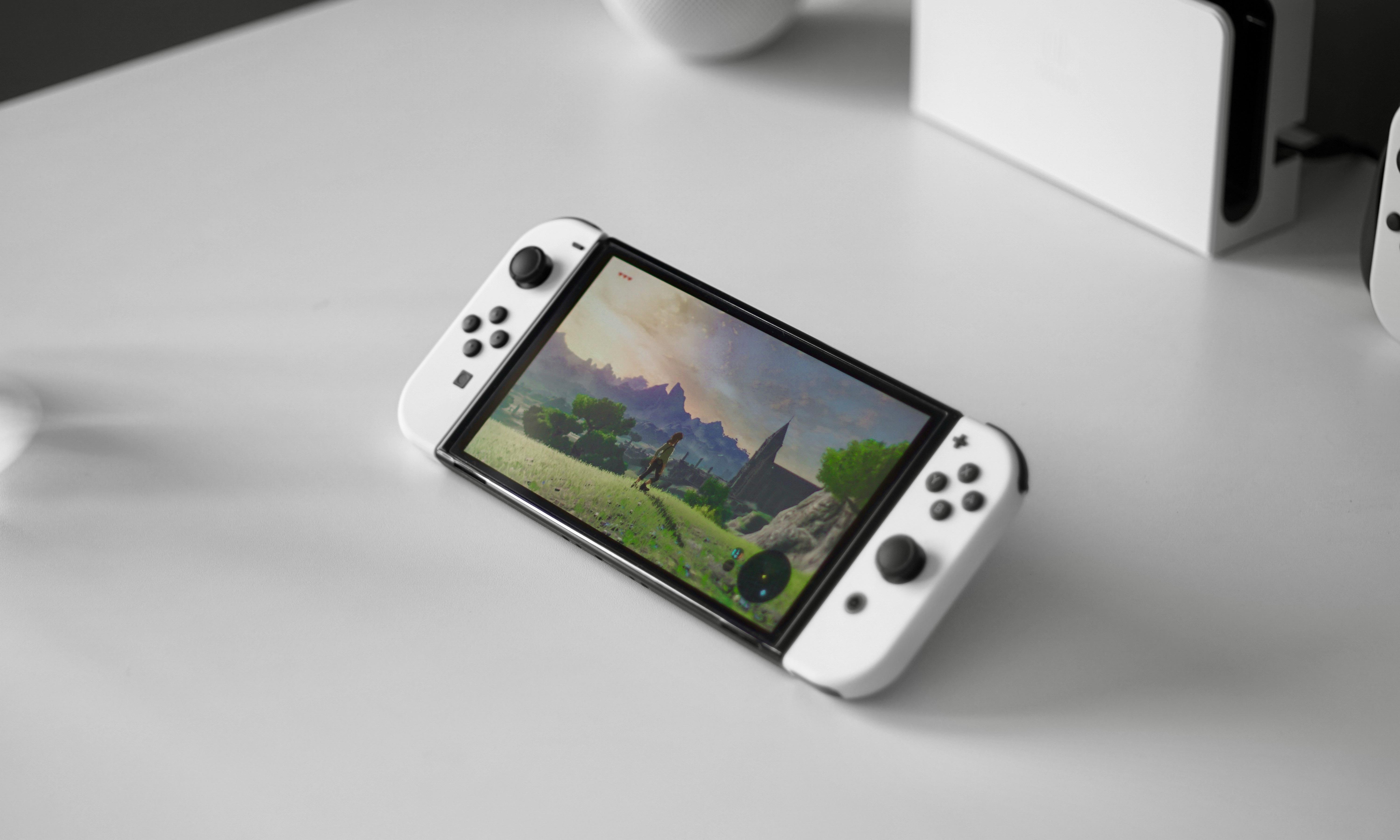The upcoming Nintendo Switch 2 may feature Samsung's advanced 5th-generation V-NAND, reaching up to 1.4 GB/s read speeds. This development is seen as an upgrade for the next-generation gaming console.
Former Samsung Director's Role in Nintendo Switch 2 Development
Wccftech reports that the Nintendo Switch 2 may employ Samsung's 5th-generation V-NAND, improving its performance over its predecessor.
The LinkedIn page of a former senior director at Samsung Electronics Device Solution Division, who worked there until 2019, lists leading the development of a NAND Flash Controller device for an unidentified Nintendo game card as one of his primary qualifications and responsibilities, as revealed by Doctre81 in a recent video uploaded to YouTube.
Exploring Samsung's V-NAND Contribution to Next-Gen Gaming
The development of the Secure eMMC Card, powered by Samsung Memory's 5th generation V-NAND Flash, is listed by the former Samsung employee as one of their significant accomplishments.
This aligns with the NAND Flash Controller device for the unidentified Nintendo game card and other information, like inventing security for unidentified proprietary hardware and creating a new PUF IP (Physical Unclonable Function).
It should be no surprise that the Nintendo Switch 2 requires faster read speeds than its predecessor. However, Nintendo's use of Samsung's 5th Generation V-NAND is still fantastic news, even though the technology is somewhat antiquated by today's standards.
While Samsung is already working on the 9th and 10th generations of V-NAND, the 5th generation's impressive speeds of up to 1.4 GB/s are more than enough to ensure a significant performance boost for the new console, surpassing its predecessor.
What to Expect from Nintendo Switch 2's Advanced Hardware
The Nintendo Switch 2 is still a mystery, save from the fact that NVIDIA technology will power it once more. The T239 chip, expected to enable capabilities like NVIDIA DLSS upscaling and Ray Reconstruction, will greatly improve the Tegra X1 chip powering the current Nintendo system. This will probably make it the best ray-tracing-capable gaming system available.
Photo: Victor Carvalho/Unsplash



 Samsung Electronics Secures Annual U.S. Licence for China Chip Equipment Imports in 2026
Samsung Electronics Secures Annual U.S. Licence for China Chip Equipment Imports in 2026  Neuralink Plans High-Volume Brain Implant Production and Fully Automated Surgery by 2026
Neuralink Plans High-Volume Brain Implant Production and Fully Automated Surgery by 2026  Elon Musk’s xAI Expands Supercomputer Infrastructure With Third Data Center to Boost AI Training Power
Elon Musk’s xAI Expands Supercomputer Infrastructure With Third Data Center to Boost AI Training Power  Texas App Store Age Verification Law Blocked by Federal Judge in First Amendment Ruling
Texas App Store Age Verification Law Blocked by Federal Judge in First Amendment Ruling  Reddit Emerges as a Major Winner in the Shift to AI-Powered Search
Reddit Emerges as a Major Winner in the Shift to AI-Powered Search  Dina Powell McCormick Resigns From Meta Board After Eight Months, May Take Advisory Role
Dina Powell McCormick Resigns From Meta Board After Eight Months, May Take Advisory Role  ByteDance Plans Massive AI Investment in 2026 to Close Gap With U.S. Tech Giants
ByteDance Plans Massive AI Investment in 2026 to Close Gap With U.S. Tech Giants  China Proposes Stricter Rules for AI Services Offering Emotional Interaction
China Proposes Stricter Rules for AI Services Offering Emotional Interaction  John Carreyrou Sues Major AI Firms Over Alleged Copyrighted Book Use in AI Training
John Carreyrou Sues Major AI Firms Over Alleged Copyrighted Book Use in AI Training  TSMC Honors Japanese Chip Equipment Makers With 2025 Supplier Awards
TSMC Honors Japanese Chip Equipment Makers With 2025 Supplier Awards  China’s LandSpace Takes Aim at SpaceX With Reusable Rocket Ambitions
China’s LandSpace Takes Aim at SpaceX With Reusable Rocket Ambitions  Nvidia and Groq Strike Strategic AI Inference Licensing Deal
Nvidia and Groq Strike Strategic AI Inference Licensing Deal  Applied Digital Stock Rises on AI Cloud Spinoff Plan and ChronoScale Launch
Applied Digital Stock Rises on AI Cloud Spinoff Plan and ChronoScale Launch  Grok AI Faces Global Scrutiny Over Safeguard Failures and Illegal Content on X
Grok AI Faces Global Scrutiny Over Safeguard Failures and Illegal Content on X  Trump Administration Lifts Sanctions on Three Intellexa-Linked Executives
Trump Administration Lifts Sanctions on Three Intellexa-Linked Executives  FTC Praises Instacart for Ending AI Pricing Tests After $60M Settlement
FTC Praises Instacart for Ending AI Pricing Tests After $60M Settlement 































